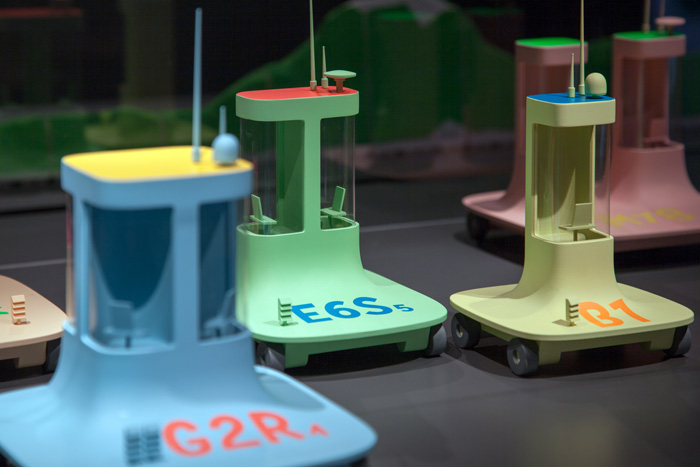Johan Huizinga coined the term “homo ludens” with his book of the same title in 1938. Home ludens describes the “playing man” as a concept of necessity in culture. It describes man’s primary response to play and its applications throughout human (and pre-human) history. In the creation of systems and interaction, ludic design draws its origins from Huizinga’s work. The recent gamification craze in digital culture has made this approach widespread. While learning games, such as those developed by LeapFrog Technologies, have been popular among children, ludic design has been incorporated into many adult-centric systems. Since all humans have a natural affinity for play, this design strategy can have a broad impact.
Dozens of industries have adopted gamification to achieve their goals–from fitness programs to the U.S. Army. Jillian Michaels, for instance, incorporates goal-tracking and motivation to provide a fun means for people to get in shape. To recruit young men to join the forces, the U.S. army uses video game interfaces similar to those in popular first-person-shooters. Countless systems use the awarding of digital badges to highlight accomplishments or provide rewards–both within the game system or in real life. Most of these use cases have been successful in their endeavors, capitalizing off man’s playful nature. But ludic design isn’t bulletproof.
What if nobody wants to play your game?
Gamification has its problems, like anything else, but its widespread fame has led many people to use it incorrectly. When the games get too complicated, they lose their appeal to a general audience. When the games have too many ulterior motives, they no longer become fun. Countless implementations of ludic design have fallen down this path. A good ludic design must stay true to its core principle: playfulness. When too many items are added to the agenda, the game becomes heavy and bloated. Heavy and bloated things don’t play well–usually they’re too tired to move. Light and playful things, though, are plenty active.
When keeping the play in games, ludic design can be successful. The gamut of web and mobile applications demonstrate this. But homo ludens should not be limited to screens either. For the ascreenual pixelphobes out there, gamified physical or social systems can transform mundane tasks into enjoyable playtimes. When looked at broadly, much of gamification’s scope has yet to be explored. There are countless industries in need of fun and artistic innovations. Providing fun outlets for people to indulge their inner child can provide value on multiple fronts: economy, happiness, and discovery. Homo ludens can be engaged more–we just have to bring him out to play.






